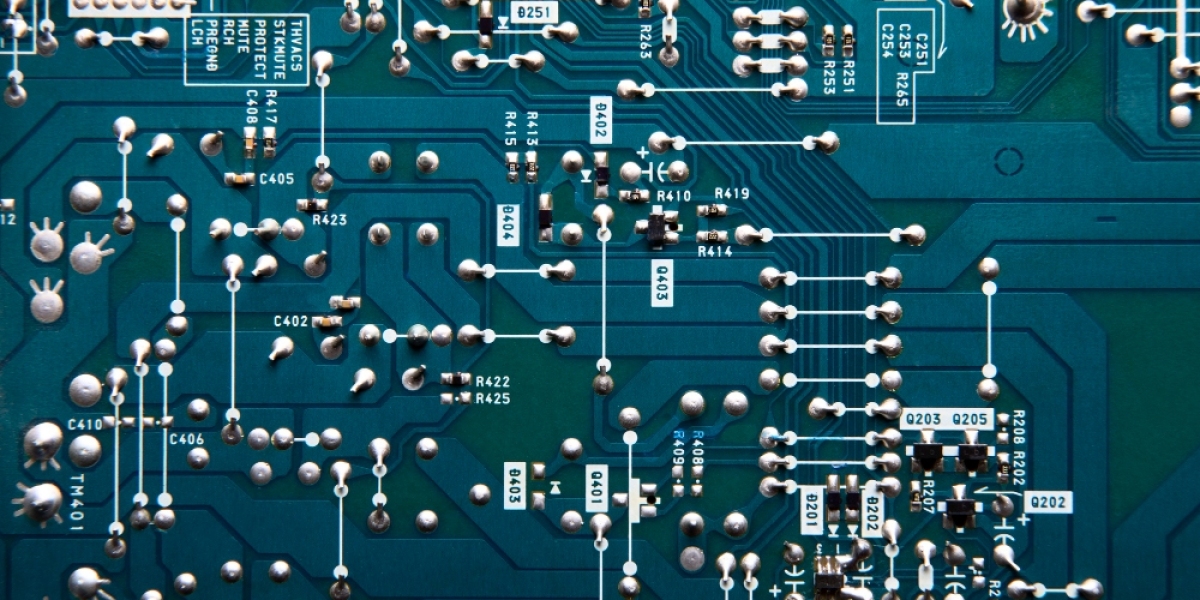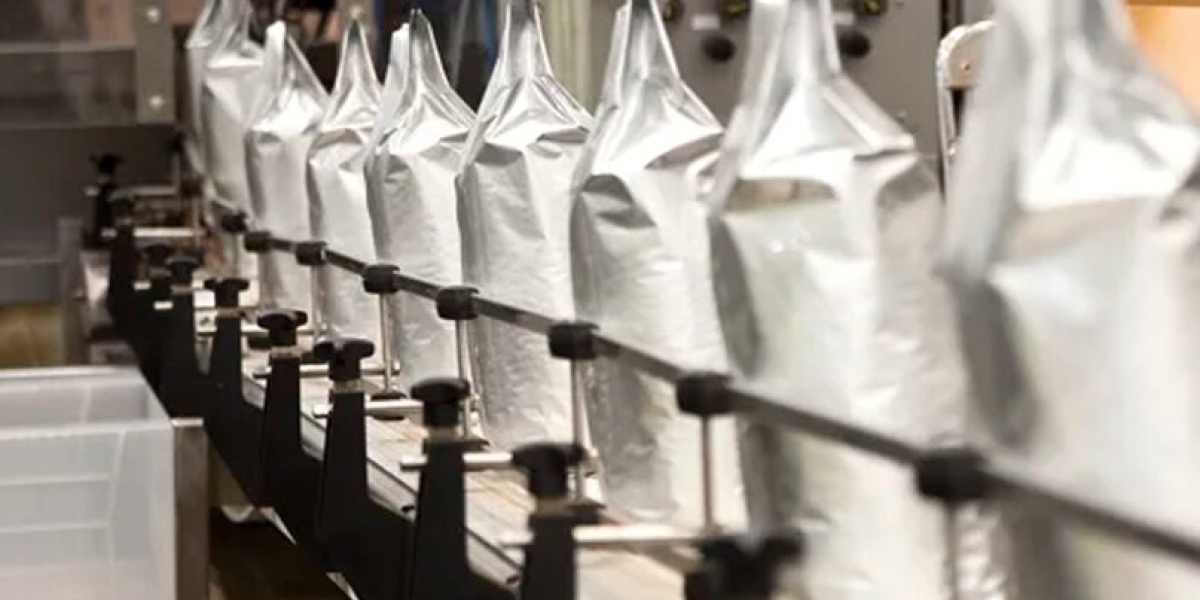Through-hole LEDs are a type of light-emitting diodes which are mounted on a circuit board using leads raised through holes. Since the leads pass through the circuit board, they are stronger than surface-mount LEDs (SMD). Here, we explore the concept of through-hole LED and SMD LEDs 5050.
What is a Through-Hole LED?
Through Hole LED are used in applications that require the LED to be more physically robust, such as in outdoor or automotive lighting. They suit applications requiring instruments, switches, icon backlighting, and status indication.
Through Hole LEDs are available in various sizes, including 1.8mm, 2mm, 3mm, 5mm, 8mm, 10mm, and 20mm. They are available with a diffused or water-clear lens and feature standard 2.54mm pitch pins. They also have a flat cathode (negative) side and a shorter cathode lead.
What are SMD LEDs 5050?
SMD or Surface Mount Device Light Emitting Diodes are another type of light-emitting diodes placed on a circuit board by mounting. This differs from through-hole LED, where the leads are not mounted by raising through a hole.
SMD LEDs 5050 are "tri-chips", which means they have three LED diodes in one housing. This makes them three times brighter than 3528 LED chips. 5050 LEDs can also be used for color-changing LED tape, with red, green, and blue chips inside each LED.
Differences between SMD and Through Hole LEDs
LEDs are made in several ways and are adapted to the application in which they are used. Two types of LEDs are the SMD and the Through-hole LEDs. The differences between these two types are:
SMD LEDs are mounted, while through-hole LEDs are where the leads pass through the holes.
The size of SMD LED is more petite than through hole resistors
SMD LEDs are more energy efficient than LED screens.
SMDs are generally more durable than most of the other display options.
SMDs have a longer lifetime than different LED varieties
Board layout for through-hole LEDs impedes layout as holes need to be drilled
Through-hole LEDs are ideal for components exposed to environmental and mechanical stress. SMD LEDs are brighter and have a wider viewing angle. They do not have phosphors and can fade away over time.
LEDs are electrically polarized and must be connected to a circuit in the correct direction. The current flow is always from the anode to the cathode, never vice versa. If an LED is wired backwards, it won't light. As a result, the positive side of a through-hole LED is the longer leg, also known as the anode. The negative side is the big metal inside the LED, known as the cathode.
Advantages of Through Hole LEDs over SMD LEDs
Through-hole LEDs are used extensively in components exposed to outdoor conditions or mechanical stress. Several other reasons why they are better than SMD LEDs are:
Through-hole LEDs are more robust mechanically since their leads run through the board. Hence, they do not quickly drop off the boards in extreme conditions.
Temperature resistance is another advantage of through-hole. They have capacitors that have higher resistance against mechanical stress and temperature.
Through-hole mounting offers reliable service leads that pass through the board and are soldered in place.
Through-hole LEDs are easy to swap out and are ideal for prototype and testing.
Applications that use Through Hole LEDs
Used in military and aerospace products to protect from damages due to accelerations, collisions, or high temperatures.
Used in industrial equipment, military, and aerospace because of higher reliability.
Used in high-power components for a perfect choice for power electronics applications.
Used in prototyping and testing for prototyping and testing to easily swap out components on a printed circuit board.
Used in through-hole components for prototyping circuits with breadboards with microprocessors.
The strength of through-hole LEDs is their thick plating and entire circumference contact with extended component leads. They have a robust mechanical and electrical connection to handle impact.








